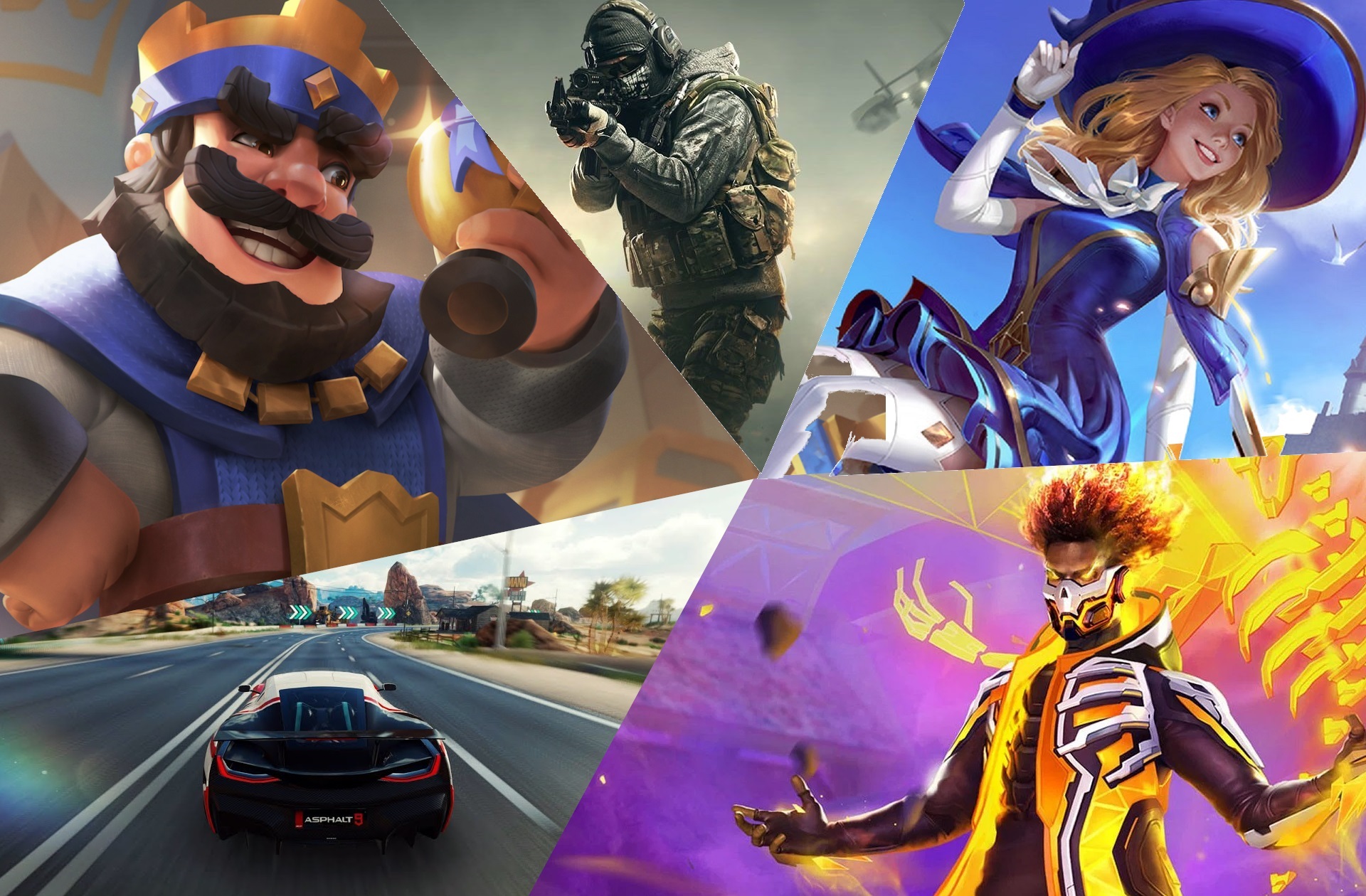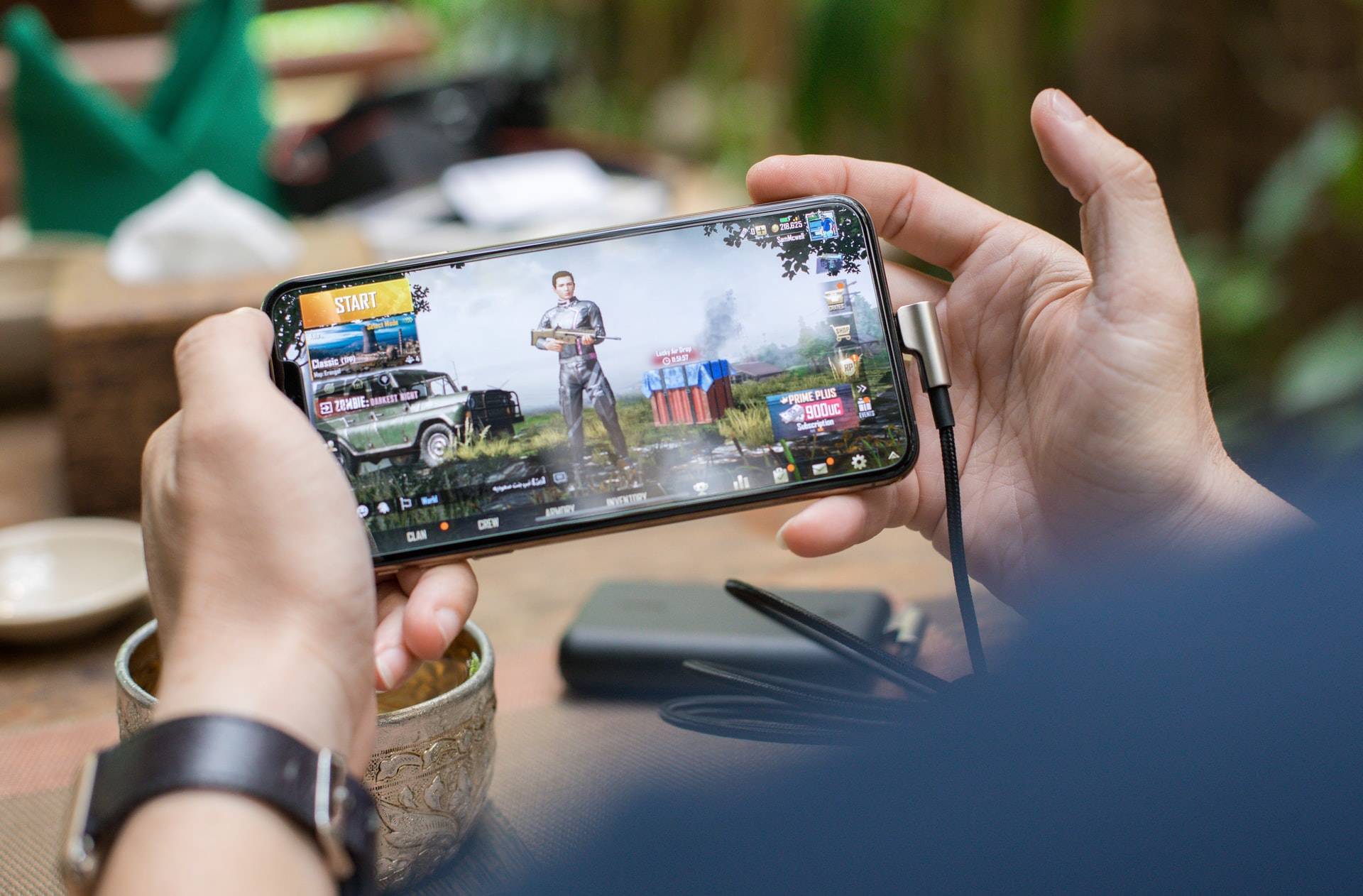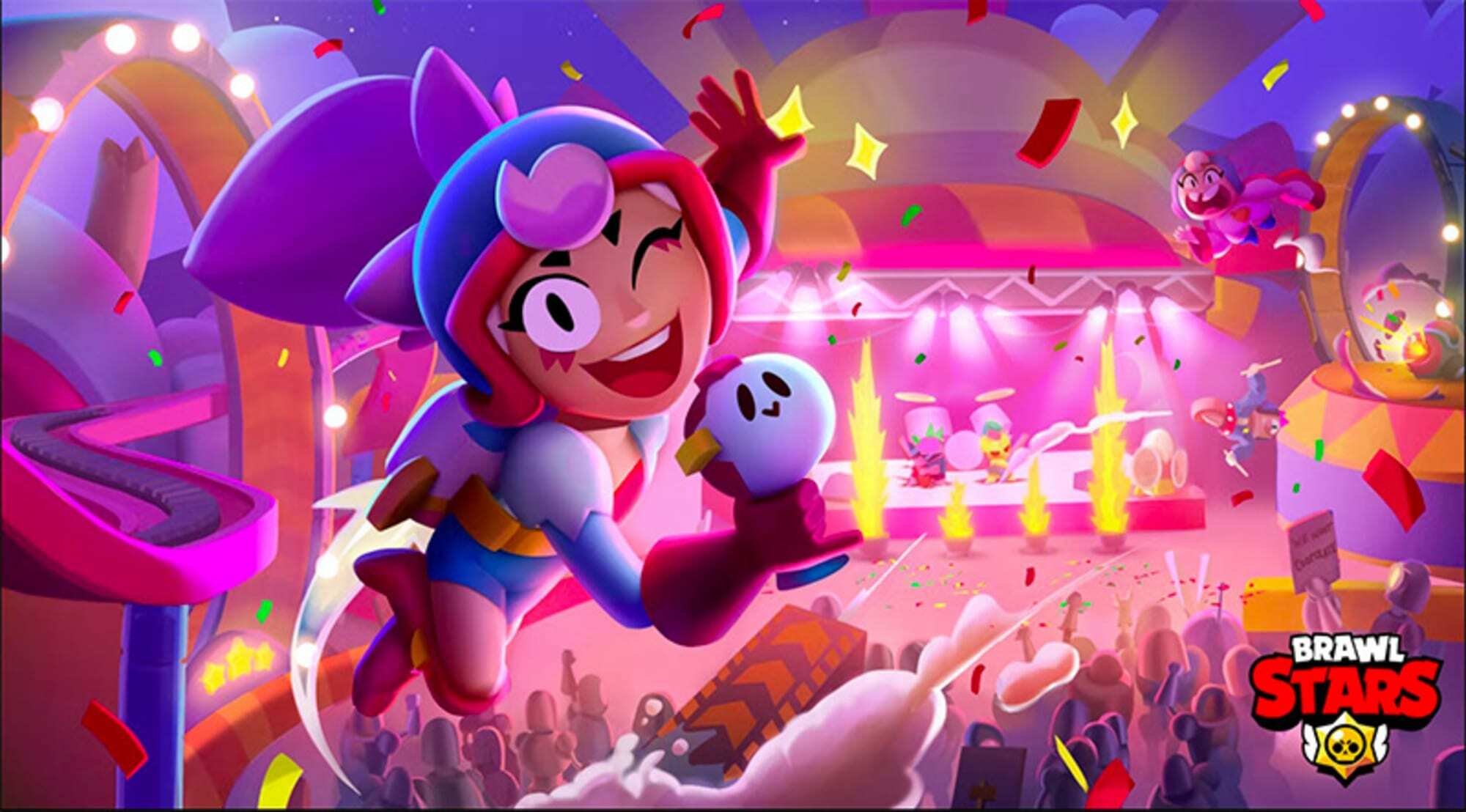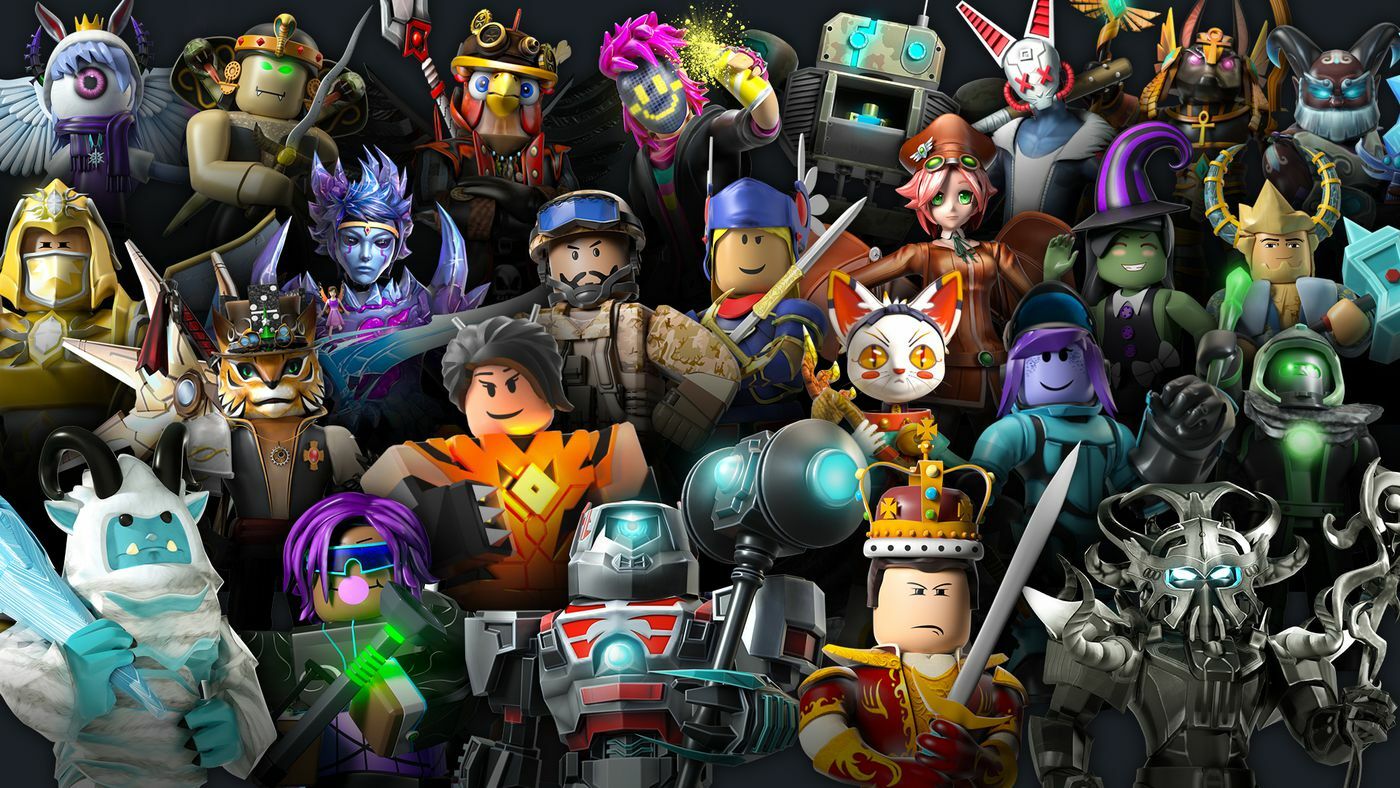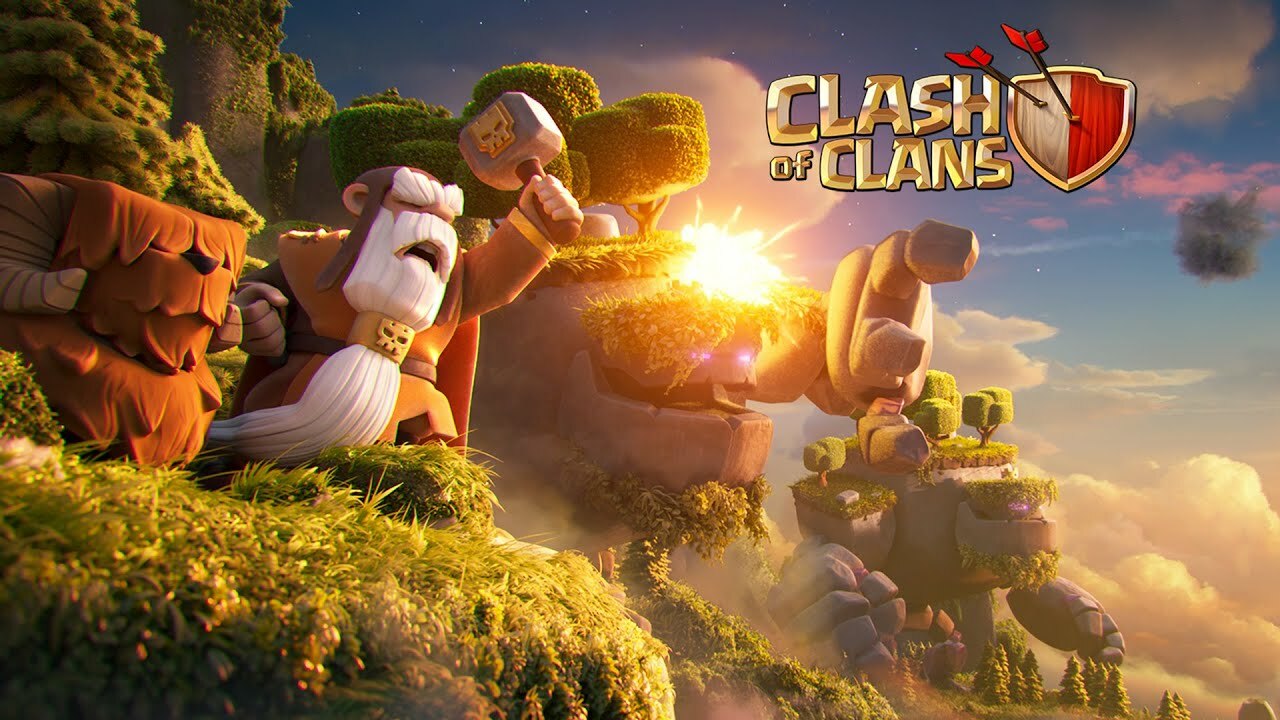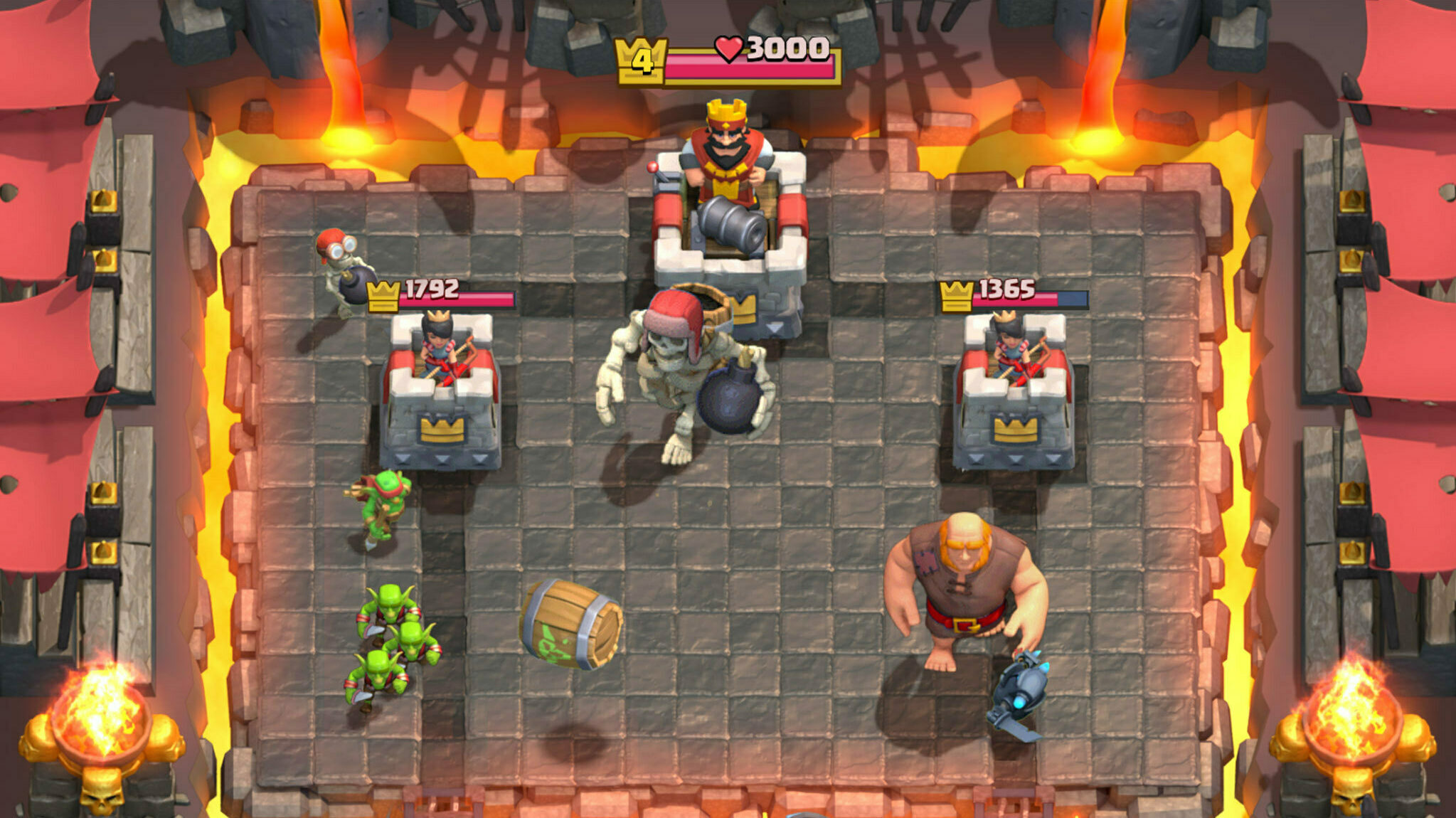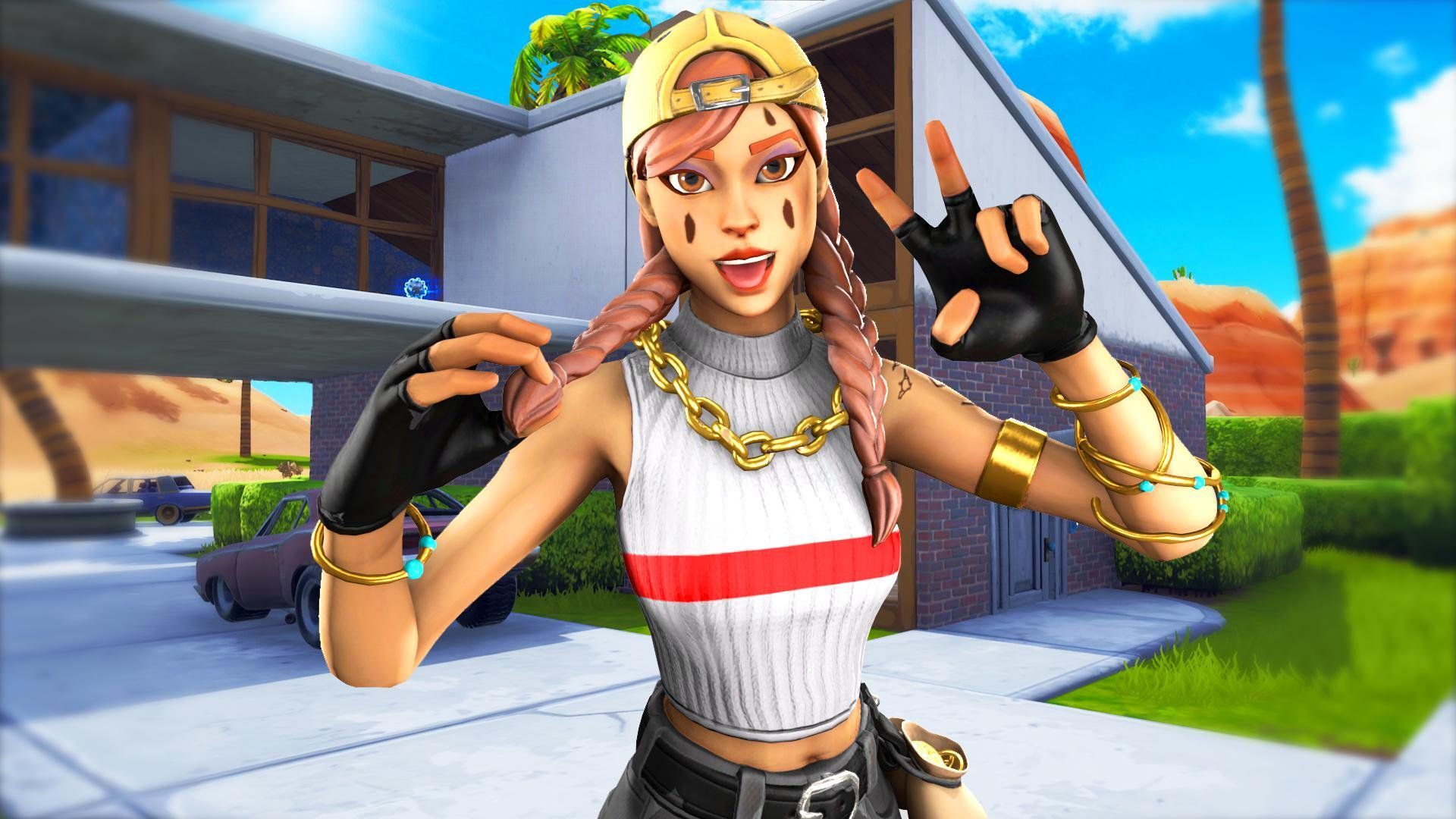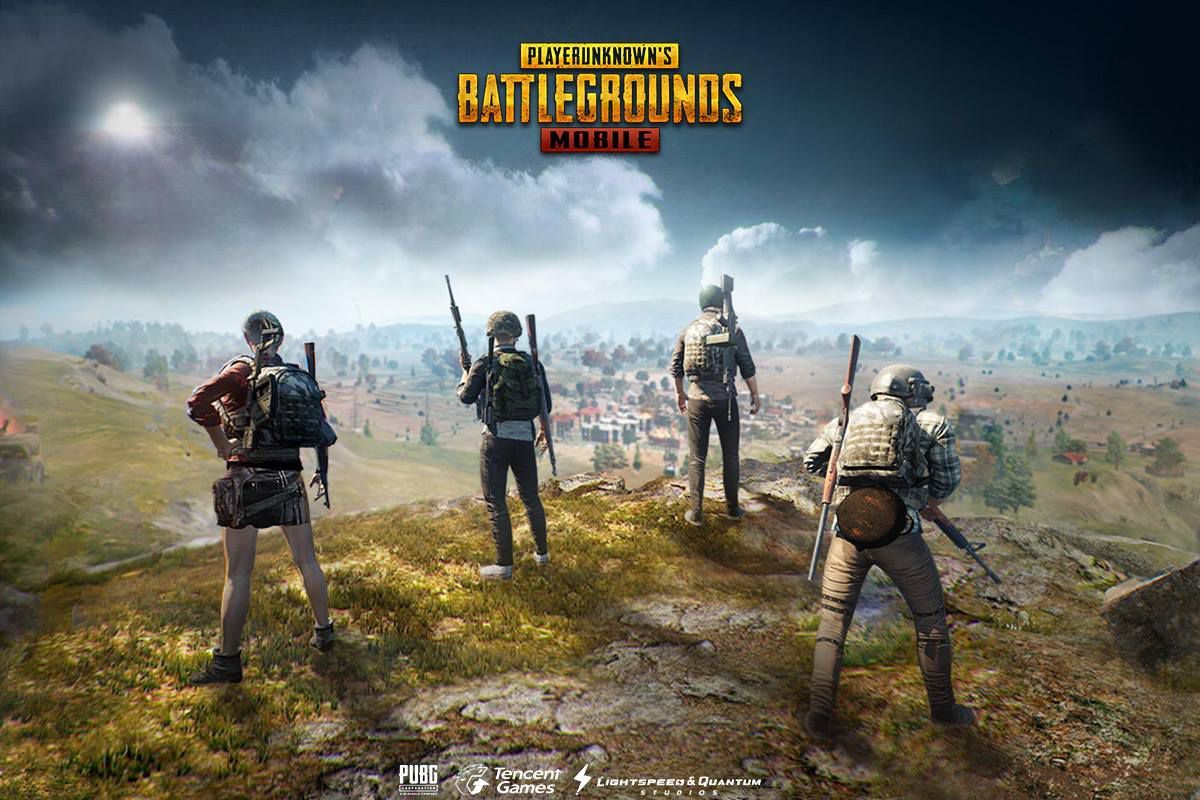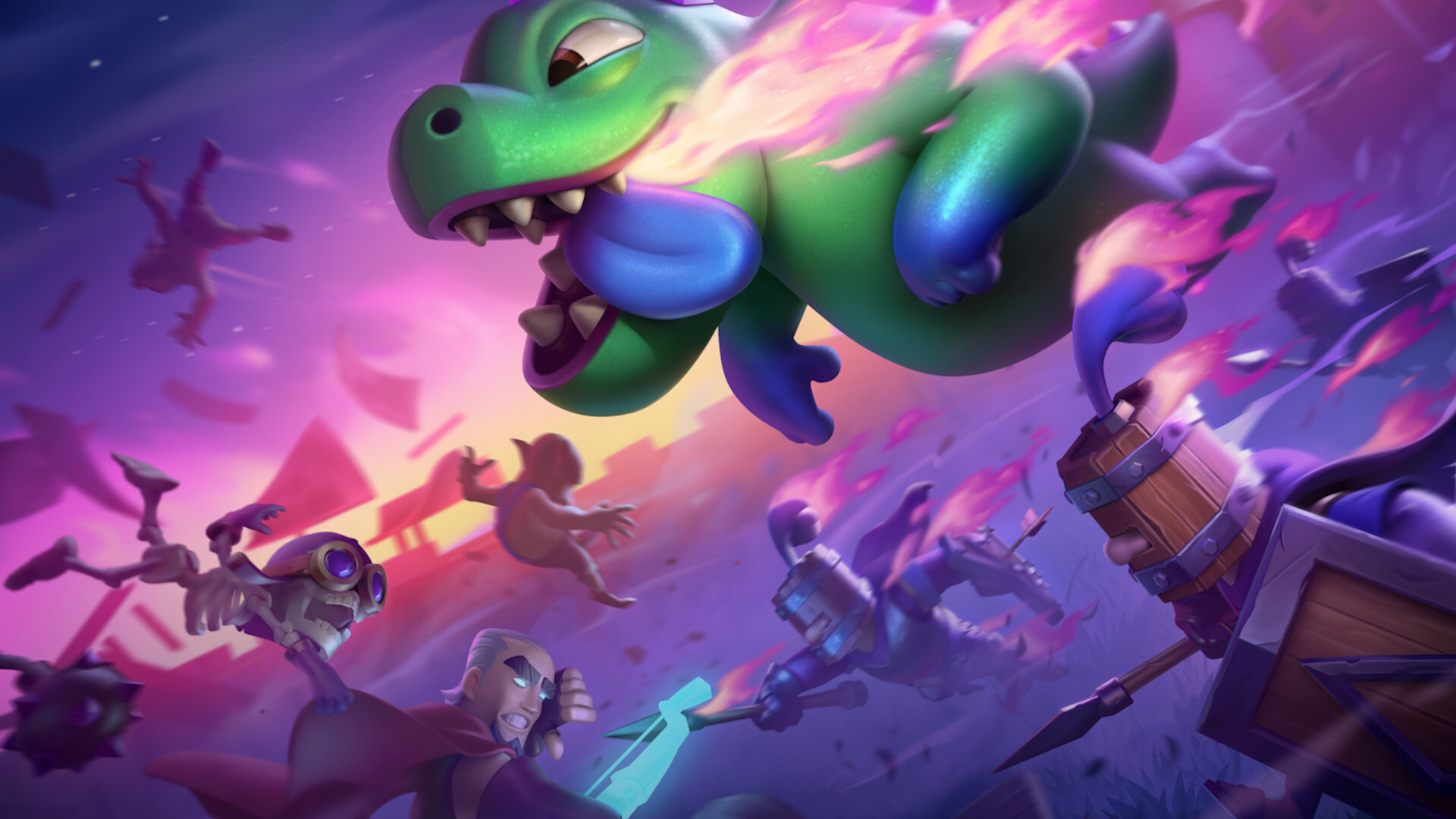We'll explain all the important words to help you become a better Clash Royale player.
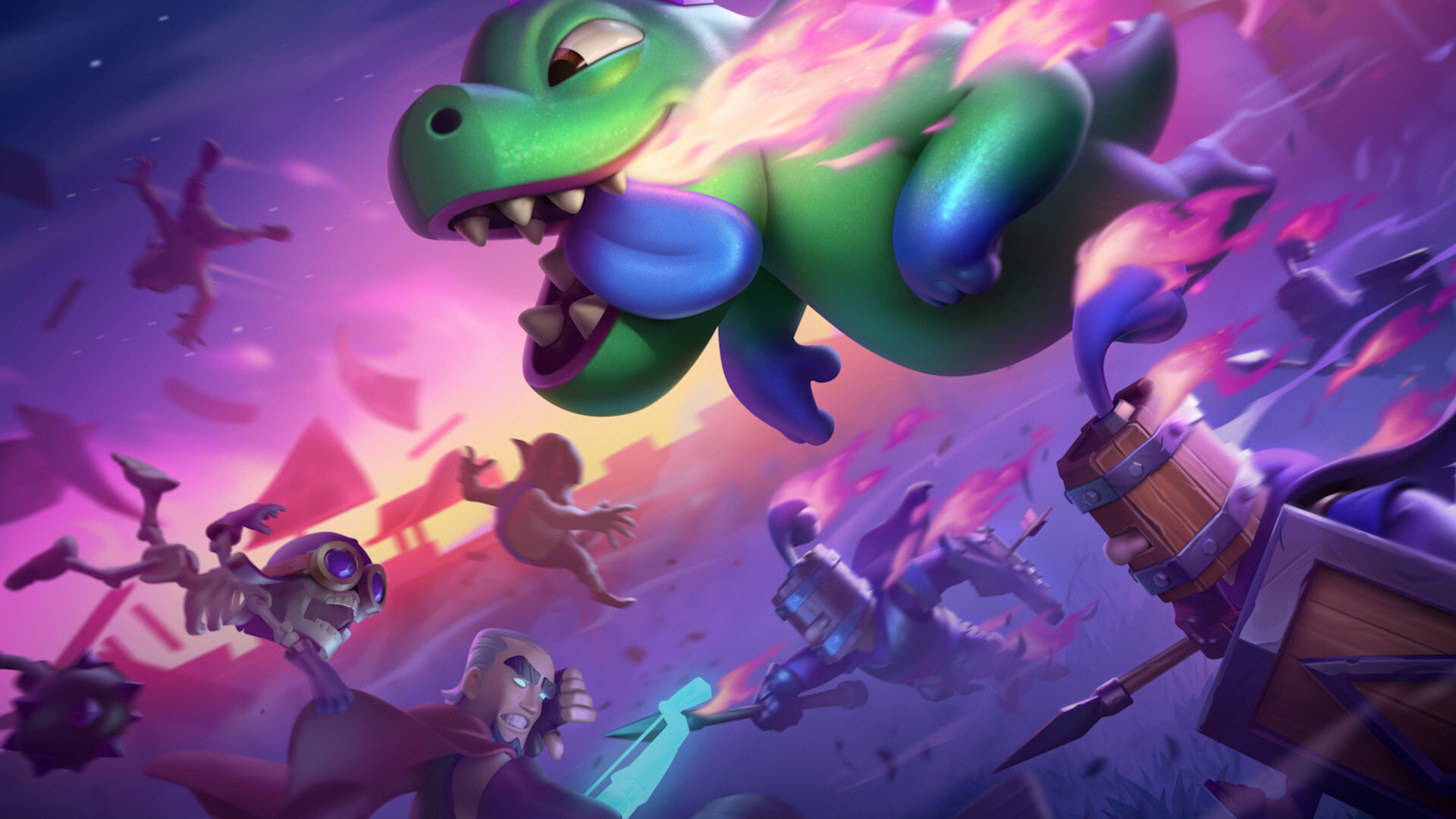
Are you a new player? Or, maybe someone who wants to take their understanding of Clash Royale to the next level? Well, you've come to the right place.
If you've ever watched a video about the best decks or tuned into a competitive esports competition, then chances are you've heard a few words that didn't make much sense to you in the moment.
That’s because Clash Royale has its own language — a mix of shorthand terms the community created to define how players think and play. Words like Cycle, Bait, and Beatdown describe entire playstyles and tactics that shape every match.
Every Important Clash Royale Term, Explained
We’ll break down the core battle mechanics and strategy terms you’ll hear in the Clash Royale community, and explain how they actually work in practice.
Bait
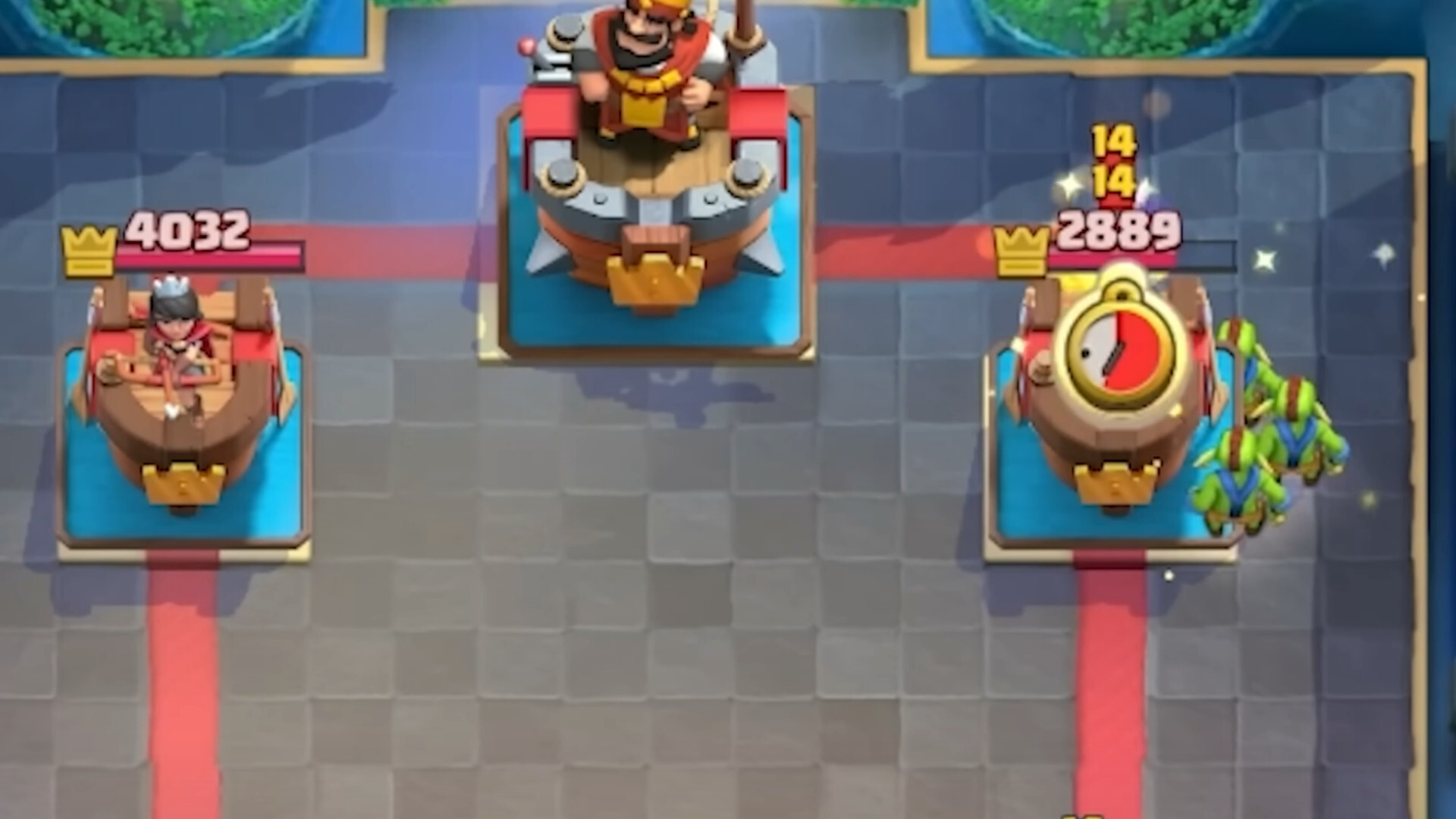
Bait decks/strategies are designed to force your opponent to use their counter (typically a spell) so you can punish them with a card they can't stop. This is meant to create a bad trade for your enemy and leave them with no answers.
For example, consider a match between Player 1 and Player 2. Player 1 launches a Goblin Barrel against Player 2's Princess Tower. Player 2 responds with The Log to eliminate the Goblins. Then, Player 1 deploys a Goblin Gang, which, unfortunately for Player 2, now doesn't have a counter for.
Beatdown
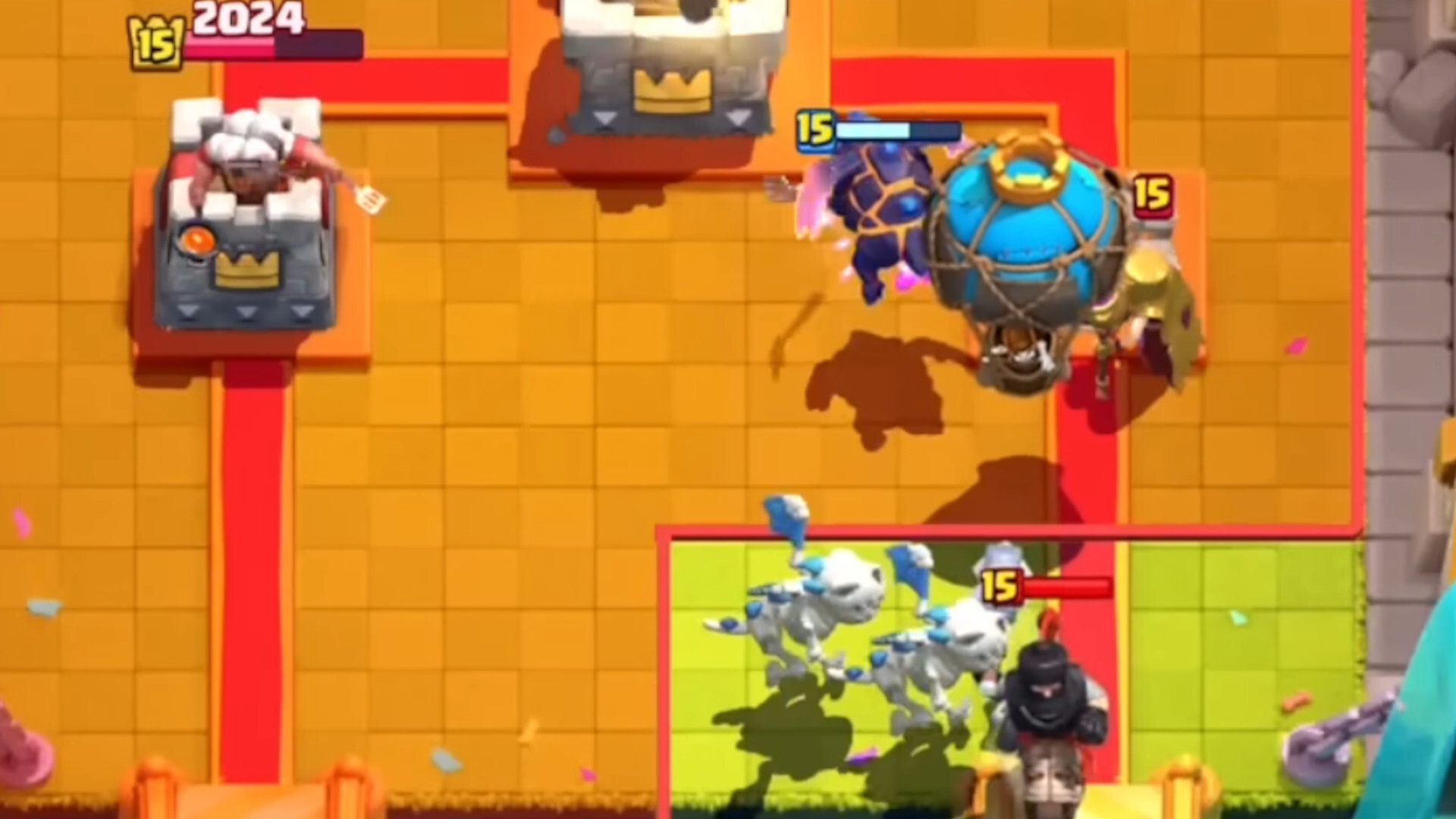
Beatdown is a strategy where decks create a massive push behind a powerful, high-HP unit. For instance, an Elixir Golem or a Lava Hound. You'll then deploy a few units to support it or clear any enemies.
The goal is to overwhelm defenses rather than out-cycle your opponent.
Bridge Spam
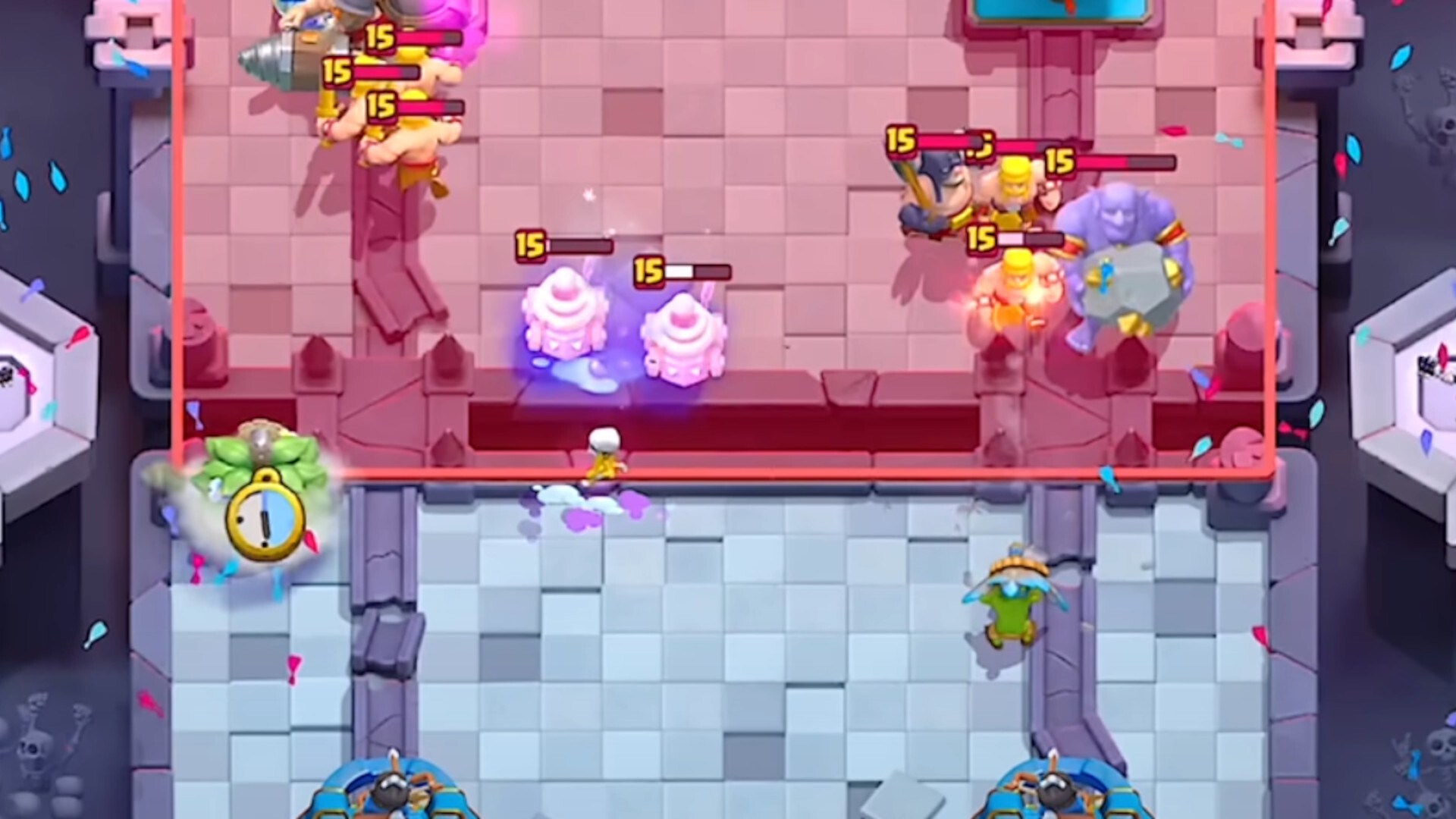
Bridge Spam is arguably one of the more unique types of strategies in Clash Royale. The goal is to deploy troops directly at one of the bridges to apply instant pressure.
Decks that employ this strategy usually have fast troops who can deal significant damage. For example, you'll find cards like Bandit, Battle Ram, and the Royal Ghost in Bridge Spam decks.
Chip Damage
Chip Damage refers to dealing small, consistent bits of tower damage over time. In Control or Cycle decks, chip damage often wins the game because sometimes you don’t need a huge push; you just need steady hits.
Control
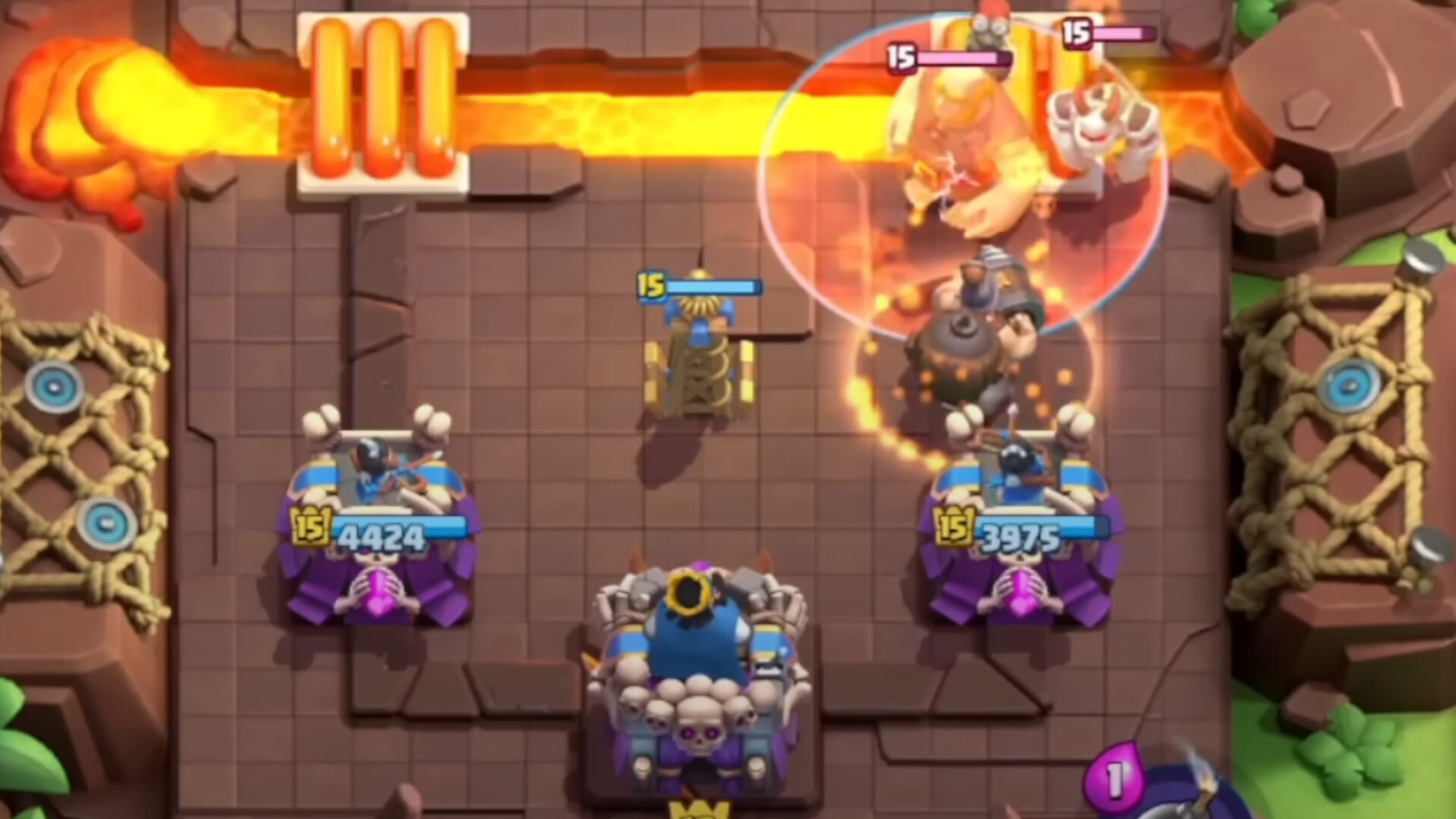
Control decks focus on defending efficiently, then counter-pushing using the remaining troops. While other decks are proactive in troop deployment, control decks prioritize reacting to your opponent's role.
Counter-push
Counter-pushing is the act of using your troops, who survived a battle, to mount an attack against your enemy.
Cycle
Cycle simply refers to the order and speed at which you draw and play your cards during battle. There's a fast cycle and a slow cycle.
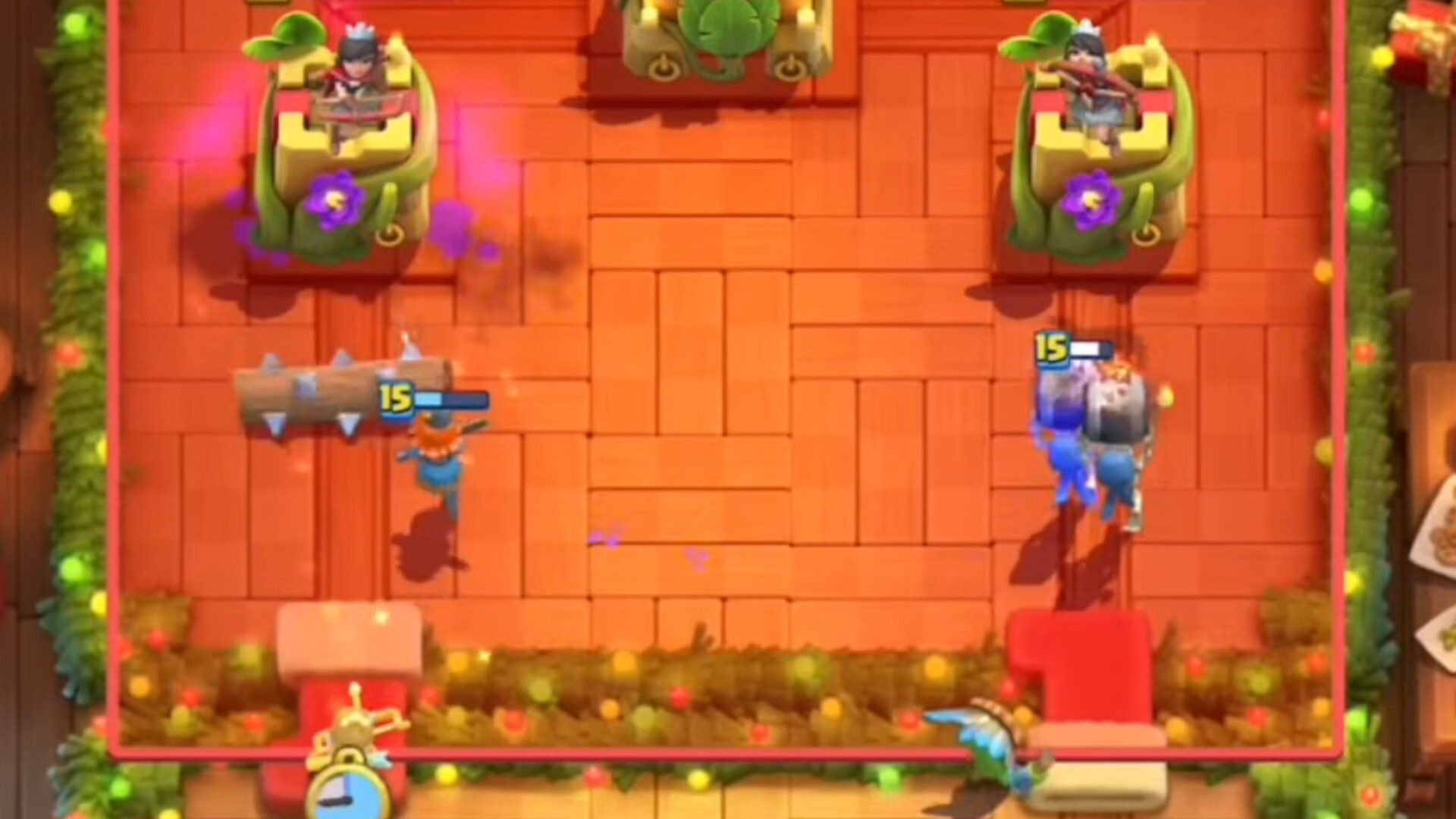
Fast cycling means playing cards fast. The decks that allow fast cycling are usually cheaper, with the average cost of the cards in the deck being 2.5–3.0 Elixir. Playing cards fast means you can apply pressure on your enemies, gradually deal damage, and easily respond to threats.
Conversely, slow cycling means playing cards slowly. The decks that encourage slow cycling typically are heavier and more expensive, with decks averaging about 4.0 Elixir in card cost. The goal of these decks is to build big pushes that are difficult to counter.
Elixir Trade
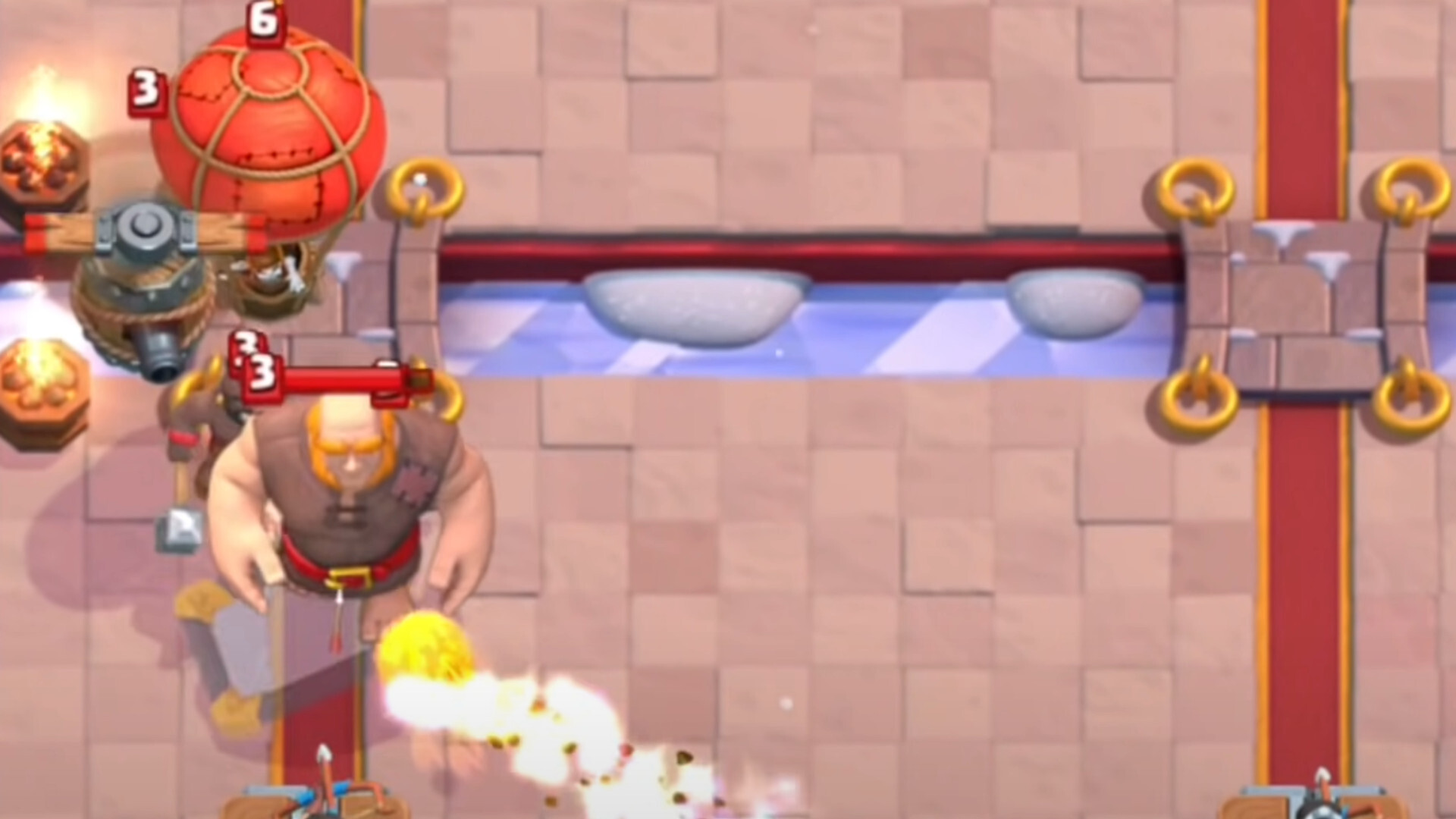
An Elixir Trade occurs when you use fewer Elixir to stop or counter a higher-cost play by your opponent. For example, using a 2-Elixir cost Log to stop a 3-Elixir cost Goblin Barrel. In this case, you technically stole 1 Elixir from your opponent.
In Clash Royale, where spending your Elixir wisely is important, stacking positive Elixir trades will eventually help you out-cycle or overwhelm your opponent.

